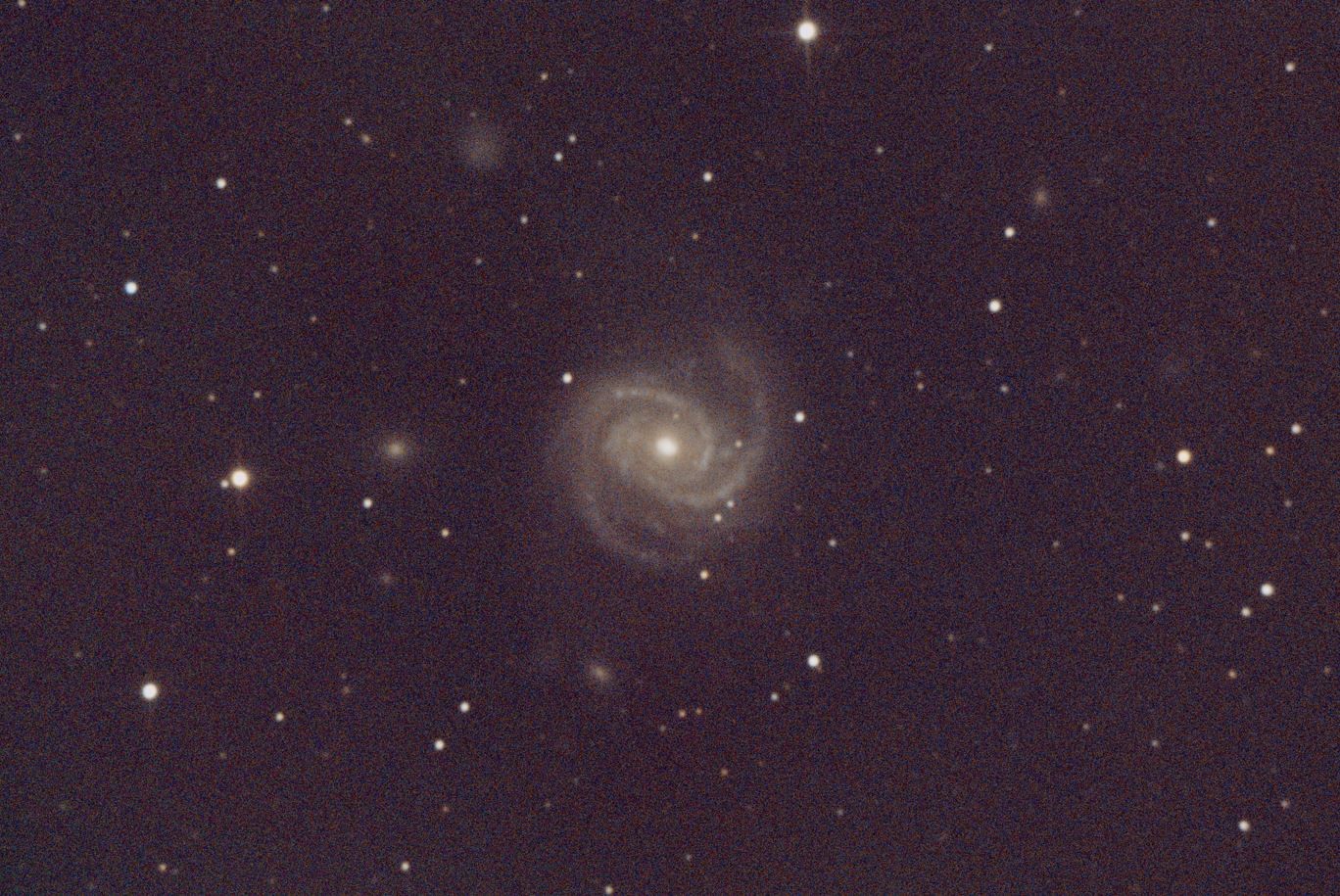Finally got my equipment working to take a very long exposure, such as 2000 sec (33 min) which is supposedly the upper limit of the ASI183, or the specified length of time where anything over that does not matter.
The key factors for taking a very long exposure appear to be:
1) Need to be wind-sheltered, or no wind
2) Accurate polar alignment
3) Implementing PEC (periodic error correction) for the mount
4) Use Off-Axis-Guiding (OAG) instead of a piggyback guide scope (especially true for a Reflector Telescope)
5) Balance, or imbalance I should say, the telescope slightly east-heavy; and avoid a meridian flip
Nothing too significant about the object which is M100 (spiral galaxy). Long exposures are usually for nebulae. It is more or less a practice run showing motionless stars (possibly bloated stars, but at least motionless).
